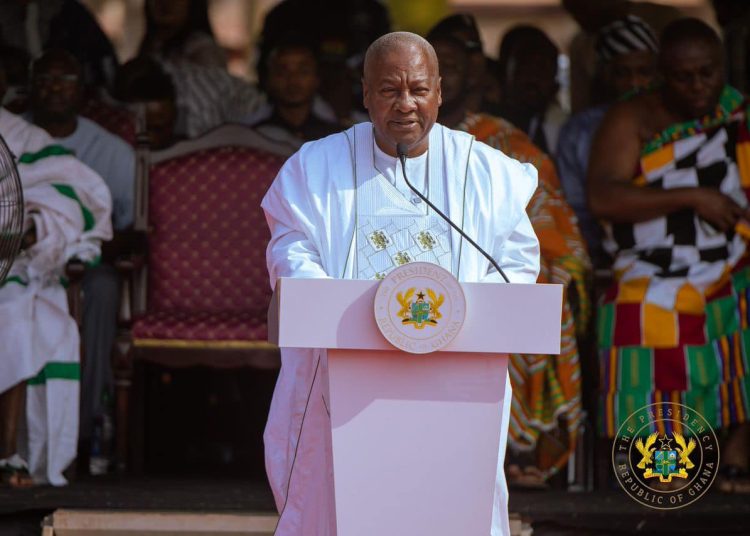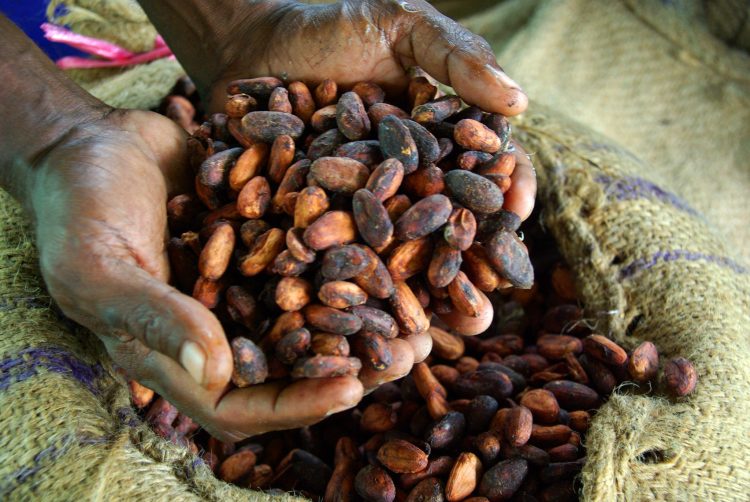The Treasury bill (T-bill) market is expected to maintain elevated yields despite a significant cut in the policy rate by the Bank of Ghana (BoG).
The central bank recently lowered its Monetary Policy Committee benchmark rate from 29% to 27%. However, the impact of this reduction on T-bill yields appears limited due to the government’s substantial domestic financing needs.

Tight market liquidity is another contributing factor to the persistently high yields. Analysts believe that the increased demand for domestic financing, alongside recent price pressures, combined with investors’ adjustments to the central bank’s policy changes, will likely sustain higher yields in the near term.
Databank, in its latest market review, noted, “Despite the sharp cut in the benchmark rate, we believe that heavy domestic financing needs will keep yields elevated in the coming week.” They also mentioned that a potential adjustment in the BoG’s 56-day bill yield could encourage a compression of T-bill yields, though this has not yet occurred.
The ongoing rise in T-bill yields highlights the broader challenges the government faces in meeting weekly auction targets. The most recent auction saw yields increase across various tenors. The 91-day T-bill rose by 63 basis points to 25.20%, marking its highest level since October 2023.
Likewise, the 182-day and 364-day bills climbed to 26.85% and 28.35%, representing increases of 11 and 60 basis points, respectively, from the previous week.
This current rate environment signifies a notable shift from early 2024, when T-bill yields were declining. As of the end of June 2024, the 91-day bill stood at 24.87%, while the 182-day and 364-day bills were at 26.80% and 27.79%, respectively.
The reversal of this downward trend indicates rising borrowing costs for the government, which is under pressure to secure adequate funding in the domestic market.
Apakan Securities reported that last week’s T-bill auction experienced the steepest undersubscription in five months. The auction, held on Friday, met only 64% of the government’s ambitious GH¢7.44 billion target.
Investors submitted bids totaling GH¢4.47 billion across all tenors, and the Treasury accepted all to cover maturing obligations of GH¢3 billion.
This undersubscription was anticipated, given the record-high target set for the week.
“This is the largest weekly target we’ve seen, and the undersubscription is a clear indication of the financing pressure the government is facing,” Apakan Securities stated in its market review.
The auction’s target and maturity coverage ratios stood at 0.64x and 1.61x, respectively, highlighting a significant shortfall in bids relative to the government’s financing needs.
The Treasury plans to offer GH¢5.98 billion across the 91-day to 364-day spectrum this week to cover a maturing face value of GH¢3 billion.
The next T-bill auction is scheduled for Friday, October 4, 2024, and market participants will closely monitor whether the government can secure the necessary funds amid ongoing liquidity constraints.
On the secondary market, trading activity softened last week, with total volumes dropping by 17.92% week-on-week to GH¢349.73 million. New bonds dominated trading, accounting for 99.6% of the total volume.
Notably, the February 2027 bond, with a coupon rate of 8.35%, was the most actively traded, making up approximately 66% of the total volume. The February 2028 bond, with a coupon rate of 8.50%, also attracted significant interest, clearing at 25.16%.
Market observers expect trading activity to remain robust following the BoG’s 200 basis point rate cut, which may draw more investor interest toward medium-term securities.
However, the long-term outlook remains uncertain, with analysts pointing to the government’s ongoing domestic financing needs as a key factor likely to keep T-bill yields elevated in the short term.























































![[FREE FREE MONEY] Predict and Win a Guaranteed GH¢200 From Us EVERY WEEK](https://wordpress.ghanatalksradio.com/wp-content/uploads/2022/02/Predict-and-Win-Final-09-03-2021-218x150.jpg)
![[Predict & Win – 8th/Oct.] WIN A Guaranteed ¢200 From Us This Week](https://wordpress.ghanatalksradio.com/wp-content/uploads/2021/10/maxresdefault-16-218x150.jpg)
![[Predict & Win – 2nd] WIN A Guaranteed ¢200 From Us This Week](https://wordpress.ghanatalksradio.com/wp-content/uploads/2021/09/maxresdefault-50-218x150.jpg)
![[Predict & Win – 25th] WIN A Guaranteed ¢200 From Us This Week](https://wordpress.ghanatalksradio.com/wp-content/uploads/2021/09/maxresdefault-36-218x150.jpg)
![[Predict & Win – 18th] WIN A Guaranteed ¢200 From Us This Week](https://wordpress.ghanatalksradio.com/wp-content/uploads/2021/09/maxresdefault-23-218x150.jpg)











![[National cathedral] See full list of churches that have contributed since 2018](https://wordpress.ghanatalksradio.com/wp-content/uploads/2020/09/Ghana-National-Cathedral-GhanaTalksRadio-100x70.jpg)



